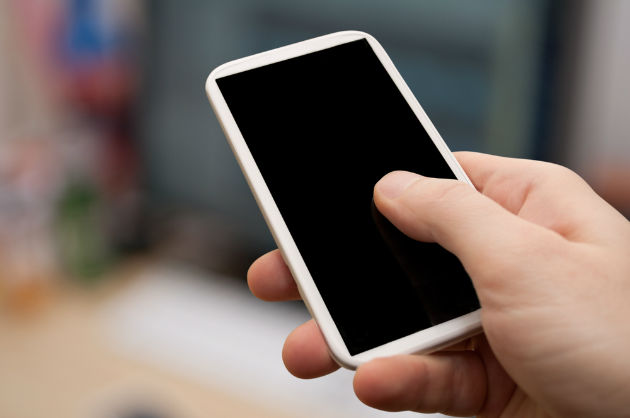Affiliate links on Android Authority may earn us a commission. Learn more.
The best Android smartphones you've never heard of
Brands matter! Now if you’ll please pardon what could possibly be the worst introductory sentence ever, let me explain: brands might be evil (they have plenty of tactics for destroying the competition), they ruin all major TV events with those pesky multimillion dollar commercials, and some say that brands might even use mind-control nano-chips in their products to keep you loyal (although this is still to be proven), but all in all, brands definitely matter to most of us. And that’s almost entirely due to one thing and one thing only: you know what to expect!
If we’re to go into details, I for one sure know that a Kinder-made treat will be sweet, delicate and slightly more expensive than other unbranded treats. I know that a BMW will usually have a lot more character and sportiness than a classy Mercedes Benz. I know that a pair of Beats headphones are too expensive for what they have to offer, in the same way that I know a U.S.-made Fender Stratocaster will give me a way different (and better) sound than a considerably cheaper rip-off (say, Squire for example). And I know all this not because I was “told so” by the commercials or the nano-chip, but instead trough actual, real-world experience.
From an Android blogger perspective, I find that brand Android smartphones and tablets (think Samsung, LG, HTC) are more than often the best devices you can get, period. Even if the price for a Samsung tablet, for instance, is noticeably higher than the price of an Archos tablet with similar specs, I would still recommend that you go the Samsung way, if you can afford it. Granted, these examples are not edificatory, but you should get the point nevertheless.
Q: What is there to do when you desperately need an Android smartphone that has top-notch specs but are unwilling to spend heaps of cash on some of the most popular brand smartphones such as HTCOne X or the Samsung Galaxy S3? A: You go for an unbranded smartphone!
Throughout the rest of the article, I will point out the no-brand smartphones that feature good specs, but first, you might want to learn about the top 5 reasons not to choose a cheap smartphone, then take the decision that you deem fit for your needs.
Xiaomi Mi2
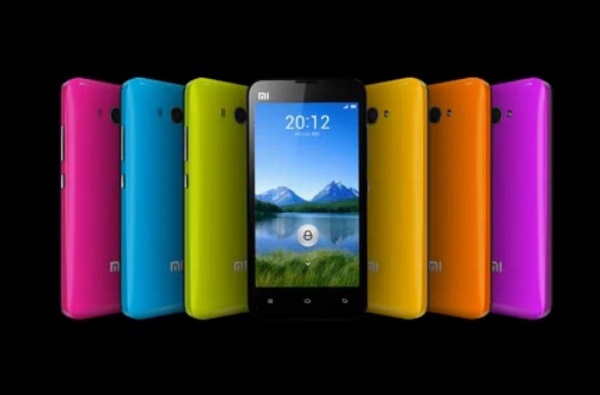
To be completely honest with you guys, I was already done with the article and was going to claim that the K-Touch Treasure V8 (it is detailed below) is the best smartphone that you’ve never heard of. And then Xiaomi has just announced the Mi2, an Android 4.1 JellyBean smartphone that features the best specs in the entire Android ecosystem.
First, there’s the 4.3 inch IPS display manufactured by Sharp, one that works at a 1280×720 pixel resolution. Simple math skills show that the Xiaomi Mi2’s display has Pixel Per Inch (PPI) ratio of 341. By comparison, the Apple iPhone 4S showcases a PPI density of 326, while the Samsung Galaxy S3 features a PPI ratio of 306. Impressed? Wait, there is more!
On to the CPU, it’s a bit surprising to see that the Xiaomi Mi2 is the first smartphone in the world to use Qualcomm’s Snapdragon S4 Pro quad-core processor, the fastest smartphone CPU in the world at this moment. The GPU used by Qualcomm in their S4 Pro SoC is an Adreno 320, the fastest smartphone GPU in the world at this moment as well. Add 2GB of RAM memory and 16GB of internal memory, a 2000 mAh battery, as well as the 8MP camera on the back, and it becomes obvious that the Xiaomi Mi2 runs circles around every other Android smartphone in the world.
But the most impressive detail of them all is that the Mi2 will retail in the Chinese market for around 2000 Yuan (roughly $314). It is yet unclear if the Xiaomi Mi2 will reach other markets, but if it does, you better go ahead and grab one, since it offers the best specs in the world for just half the price of other top-end smartphones.
K-Touch Treasure V8
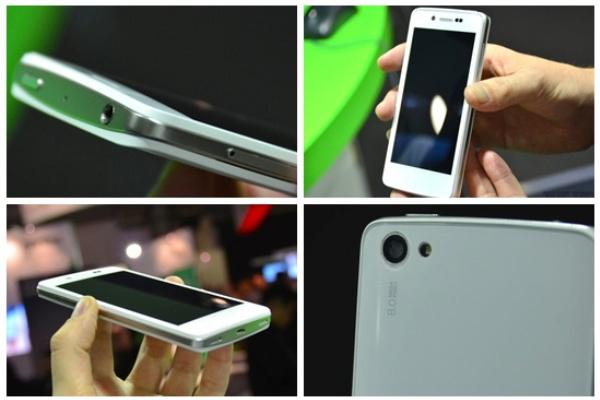
The second best smartphone that you probably never heard of is the K-Touch Treasure V8, a smartphone that K-Touch has shown off since MWC 2012 this February, although the Chinese manufacturer took the prototype back to the bench and has performed some upgrades since. The result is an Android 4.0 ICS smartphone (no updates to Android 4.1 Jelly Bean have been announced this far) that features a 4.5 inch display and looks a lot like some fat guy sat on an iPhone 4S. Running at a 1280×720 pixel resolution, it totals at an impressive 326 PPI ratio.
However, despite the fact the good resolution of the display, the main point of interest here is the Tegra 3 SoC, consisting out of a 1.5GHz quad-core A9 processor, the GeForce ULP GPU and 1 GB of RAM. Other specs include 16GB of internal memory and a 1820 mAh non-removable battery.
Unfortunately, hands-on reviewers have complained about the form factor and the quality of the build materials, but this isn’t something that should surprise you from a no-brand smartphone. In fact, you should expect all the smartphones on this list to feature build materials that are mediocre at best in quality.
The K-Touch Treasure V8 will reach the Chinese market at some point August and will be priced at 3,000 Yuan (roughly $480).
BLU Products VIVO 4.3
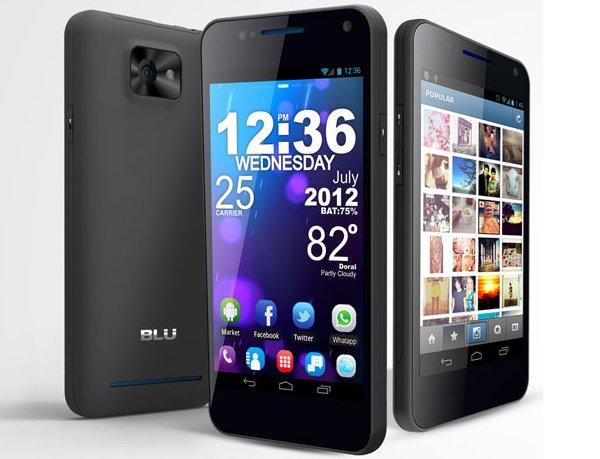
Granted, this one shouldn’t be unknown to our frequent readers, as Bogdan first introduced this cheap Android 4.0 ICS smartphone a while back here. But for a short recap, the BLU VIVO 4.3 is referred to (at least by the manufacturers themselves) as the World’s first Dual SIM smartphone to feature a SAMOLED Plus display and a dual core CPU.
The 4.3 inch SAMOLED Plus display on the BLU VIVO 4.3 (see the connection here?) runs at a 480 by 800 pixel resolution (that’s a 216 PPI ratio), while the dual-core A9 processor runs at 1GHz. Unfortunately, the GPU is a PowerVR SGX531, a chip originally launched back in October 2008, so you shouldn’t expect any outer-worldly frame rates while running next-gen smartphone games. In addition, the VIVO 4.3 features a 8 MP camera on the back and 1.3 MP on the front, 3G HSDPA connectivity, 4 GB of internal memory and a micro-SD slot.
Sure, this is no Galaxy S3 killer, but seeing as it will retail for roughly $250, I find the BLU VIVO 4.3 one option to consider if you’re looking into buying an inexpensive dual-SIM, dual-core smartphone.
Plum Might
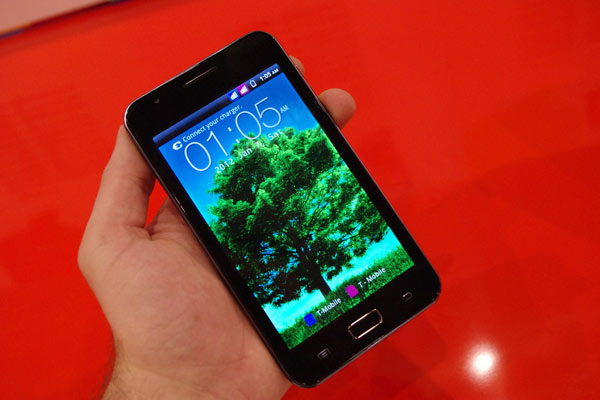
Since we are on the topic of no-name smartphones that regular AA readers should know, let’s take a quick look at the Plum Might. Design-wise, the Plum Might is, for all intents and purposes, a Samsung Galaxy Note clone. The specs are a little below the average, even if we limit the range to the smartphones in this list, but the sub $200 price is also under the median, so balance is restored in the end.
The Plum Might features a 5.0 inch display running at a 480×800 pixel, thus featuring 186 PPI, a pretty low pixel density ratio when judging by current top-end standards, and the lowest of all smartphones in this list. The 1GHz single-core processor also isn’t the best you can find, while the 512 MB of RAM should handle most activities as long as you don’t open a gazzilion apps at the same time. Seeing as the specs are not mind boggling, I would expect the 2,800 mAh battery to do the job just right.
A microSD slot is also on board, as well as Wi-Fi, Bluetooth and GPS chips. Unfortunately, the Plum Might is running Android 2.3 Gingerbread, and I don’t expect it to get Android 4.0 ICS.
Image credit: Electronista
ZOPO Pilot ZP100
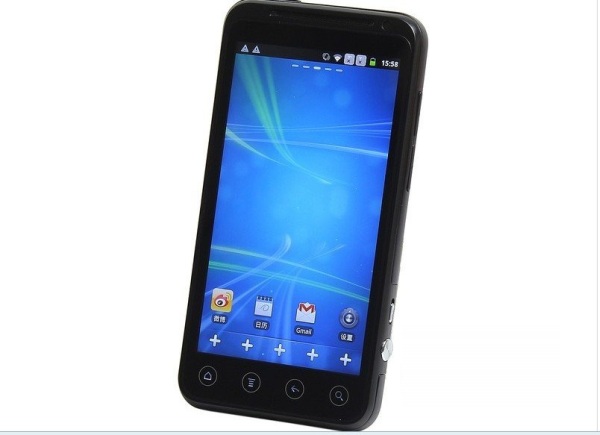
The oddly named ZOPO Pilot ZP100 is a global dual-SIM Android smartphone. And by global, I am referring to the fact that it can use both GSM networks as well as CDMA ones. Other than this unique and quite helpful feature, the ZOPO Pilot is your basic, no-name Android 4.0 ICE smartphone.
The Zopo Pilot features a 4.3 inch LCD display manufactured by Sharp, a display that works at 960×540 pixels at 256 PPI.
Internal specs include a 1GHz single-core A9 CPU, a PowerVR SGX531 GPU and 512 MB of RAM. The ZOPO Pilot 100 has almost the exact same specs as the BLU vivo 4.3, minus a processor core. Upsides include CDMA support and a $200 price tag, $50 less than that of the BLU vivo.
THL W3
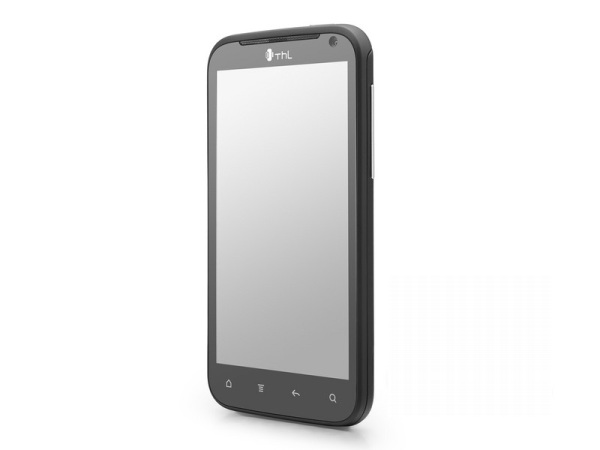
The THL W3 shares a lot of its specs with the ZOPO Pilot ZP100. You get the same 1GHz single-core A9 processor, PowerVR SGX531 GPU and 512 of RAM. The THL W3 also comes with Dual-SIM functionality as well as support for both GSM and CDMA networks, just like the ZOPO ZP100. The difference is that you get a a slightly larger and sharper screen: a 4.5 inch display running at a 1280×720 pixel resolution at a 326 PPI ratio.
The THL W3 is priced at $249 and comes with a 2000 mAh battery, Android 4.0 Ice Cream Sandwich, an 8 MP back camera and a 2MP front camera.
Conclusion
As you might have noticed, most of these smartphones are priced under $250, the exact maximum price limit that I’ve used for creating the best cheap Android smartphones of 2012 list. Do you think any of these no-name Android smartphones should make it to the list? Let us know in the comment section below!
